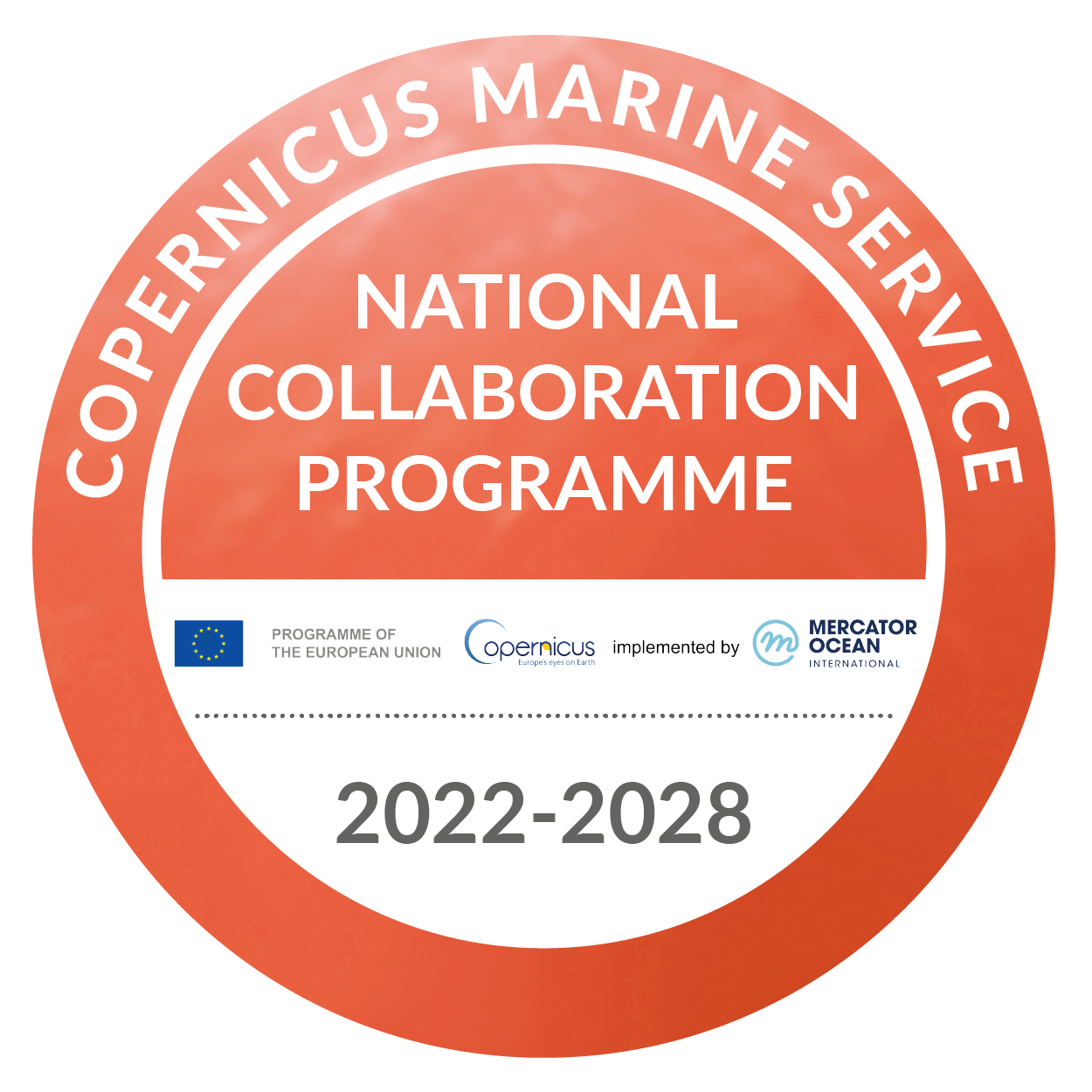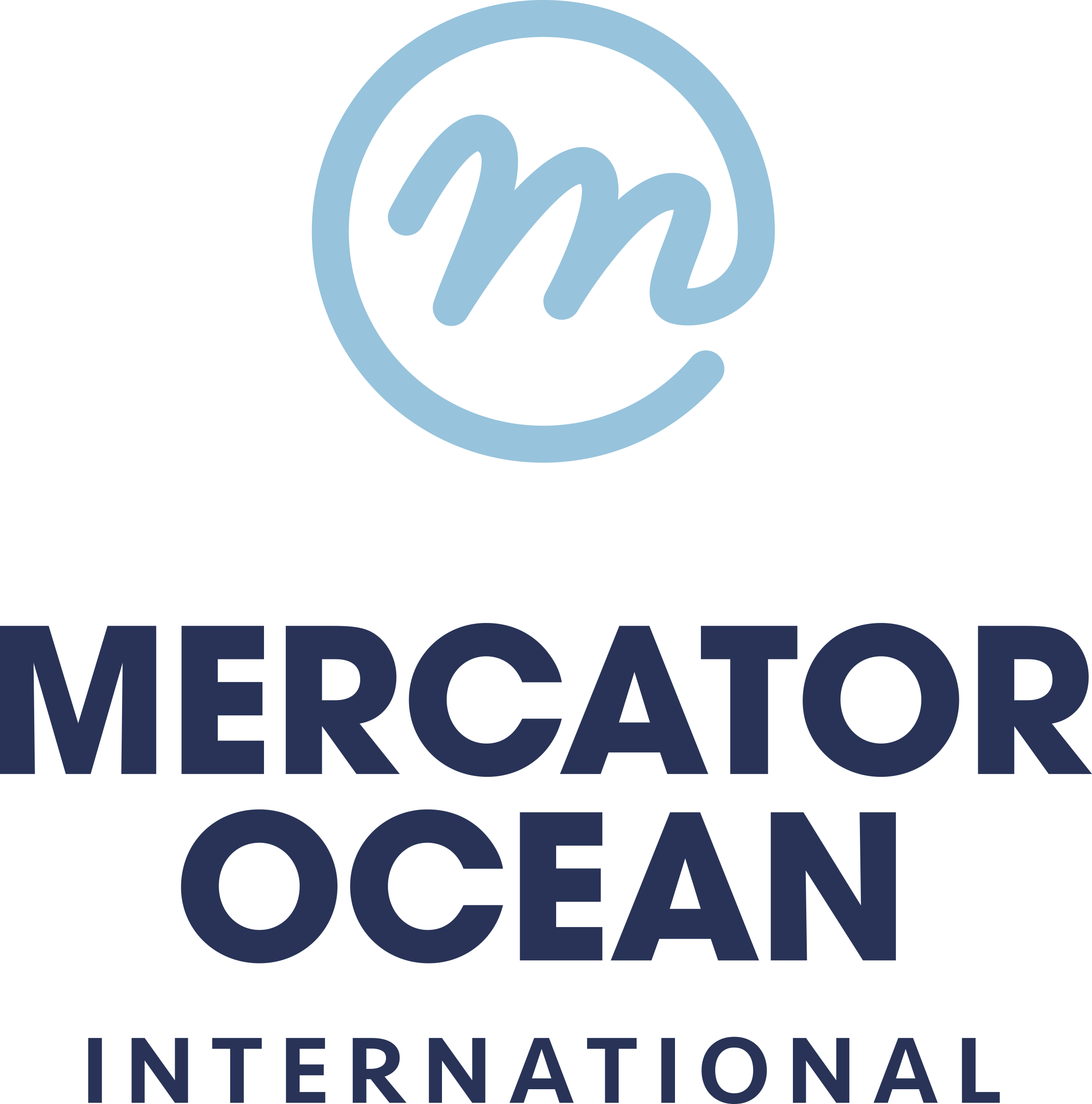Santander OEFS AI - Santander Operational Estuary Forecast System based on AI
#operational-system #forecasting #hydrodynamic-modelling #beach-safety #neuronal-network #deep-learning #artificial-intelligence
Context
Operational systems based on physical modelling are powerful tools to predict and forecast meteo-oceanographic variables. As a counterpart, these tools normally require high computational demands and/or long computational windows to provide results to end users.
To strike a balance between these requirements and optimal result accuracy, a deep learning neural network has been trained to forecast water levels and current velocity fields in the Bay of Santander.
{width=”300px” fig-align=”center”}
{width=”300px” fig-align=”center”}
Description
Based on a calibrated and validated implementation of a hydrodynamic physical model of the Bay of Santander, a system of Long Short-Term Memory (LSTM) neural networks has been trained to replicate the outputs of the physical system.
This AI-based system provides high-resolution water levels and surface currents in just a few minutes, as opposed to the hours required by the traditional numerical model.
It can forecast over 72 hours of hydrodynamic variables using only predicted time series of the main regional drivers at a single location.
 {width=”60%” fig-align=”center”}
{width=”60%” fig-align=”center”}
Insights
🌊 3-day hourly forecasts of water level and surface currents in the Bay of Santander.
⏳ Significant reduction in resources needed to maintain the system, with reasonable accuracy.
💡 Enables research in deep learning vs. traditional modelling through intercomparison studies.
Other Remarks
Developed within the framework of the PhD thesis of Mirko Rupani, former member of IHCantabria.
Scientific publication in progress based on this work.
Projects involved:
MARION:
Supported by Ministerio de Ciencia e Innovación and funded by NextGeneration EU through the ThinkInAzul programme. {fig-align=”center” height=”75px”}
{fig-align=”center” height=”75px”} {fig-align=”center” width=”60%” height=”50px”}
{fig-align=”center” width=”60%” height=”50px”}COSNORTH:
Part of the CMEMS National Collaboration Program funded by Mercator Ocean International. {fig-align=”center” width=”80px”}
{fig-align=”center” width=”80px”} {fig-align=”center” width=”80px”}
{fig-align=”center” width=”80px”}
 {width=”500px” fig-align=”center”}
{width=”500px” fig-align=”center”}